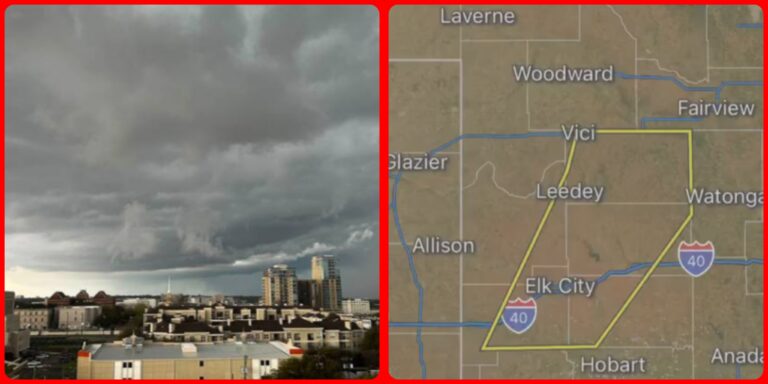
8/26/2021- 10:46 a.m.
No German troops were injured or
killed in an explosion outside Kabul airport, a security source.
For pilots, Kabul evacuations a flight like no other.
The approach is filled with danger. The conditions on the ground are chaotic, but precise organisation and timing are needed. And the passengers are exhausted and tense.
For pilots in charge of the planes evacuating foreign nationals and Afghans from Taliban-controlled Kabul, the flights in and out of the Afghanistan capital have been a journey like no other.
Pilots must deal with the already complex location of the airport at high altitude and surrounded by mountains, with intense air traffic like that of a major travel hub with military planes and evacuation flights, relying on their on board Traffic Collision Avoidance System (TCAS) to avert crashes.
As Western nations prepare to wind down one of the most complex evacuations of civilians since World War II, several pilots shared with AFP their experiences of landing and then taking off from Kabul airport as chaos gripped the country.
US forces, who have 5,800 personnel deployed at the airport, “are carrying out all air traffic control, ground control, tower control and approach control,” according to Commander Stephen, the captain of a French A400M military transport plane.
“With a plane like this, we are helped very much by our systems, but we end up landing by sight,” he told AFP at French base 104 of Al-Dhafra in the United Arab Emirates, the transit point used by France, on condition that his surname was not published.
For the French colonel Yannick Desbois, commander of base 104, “you have to stay rational, analyse the performance of the aircraft and only accept the maximum number you can take, so as not to go too far.”
A French A400M normally has 110 seats, “but here we are loading up to 235. People are seated on the ground — but in safe conditions,” he said.
The American C-17s are designed to carry up to 400 passengers seated on the ground, but one of them in the early hours of the airlift took on 829.
After take-off, the job is easier. “People are tired. The pressure relents. In general, they sleep and we do our job,” said Commander Stephen.



